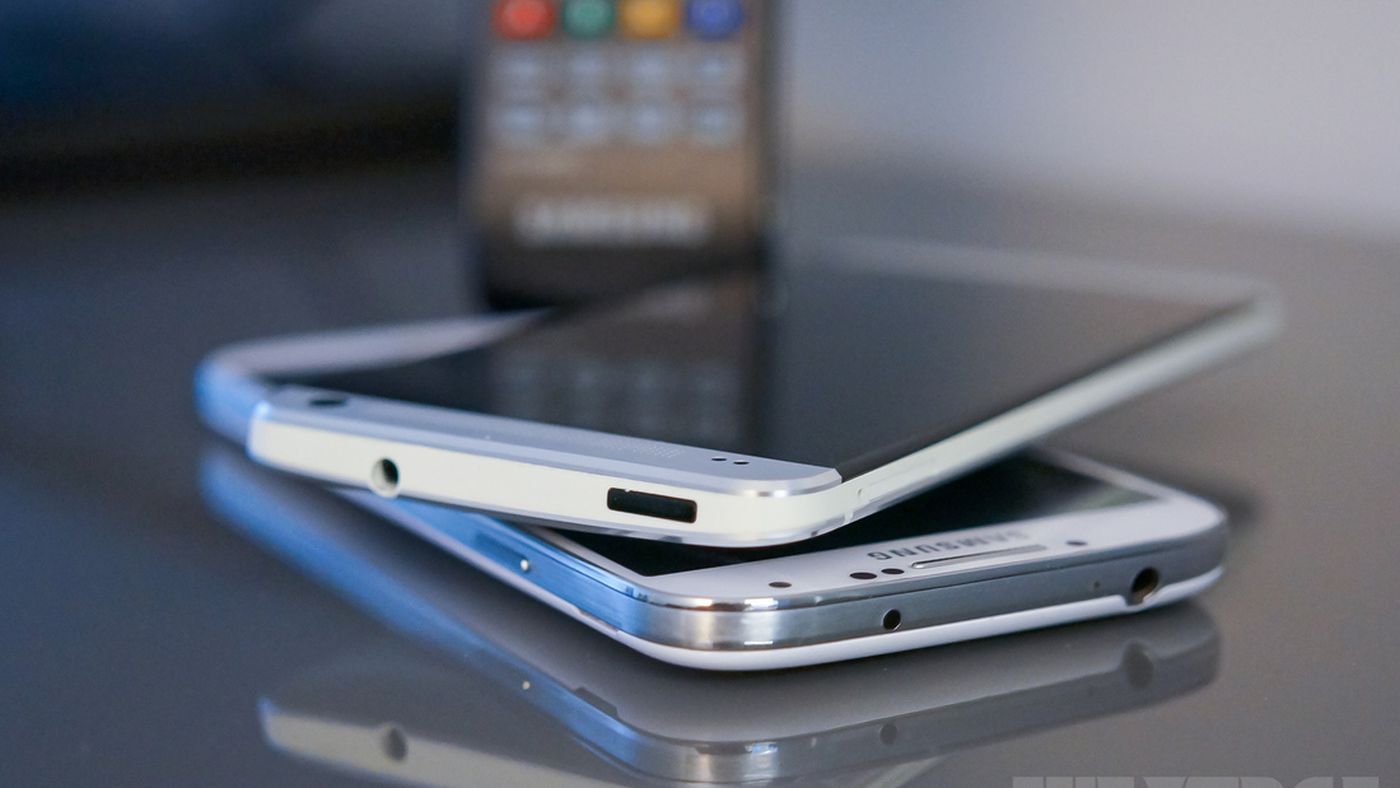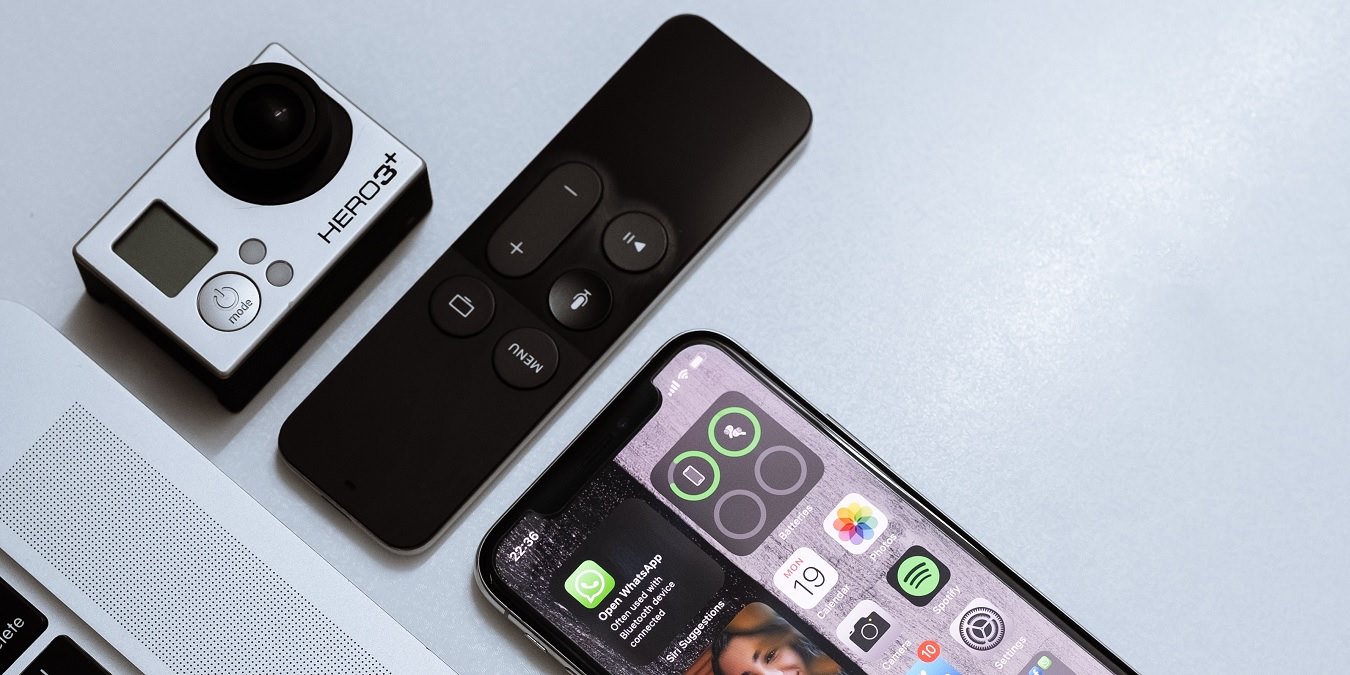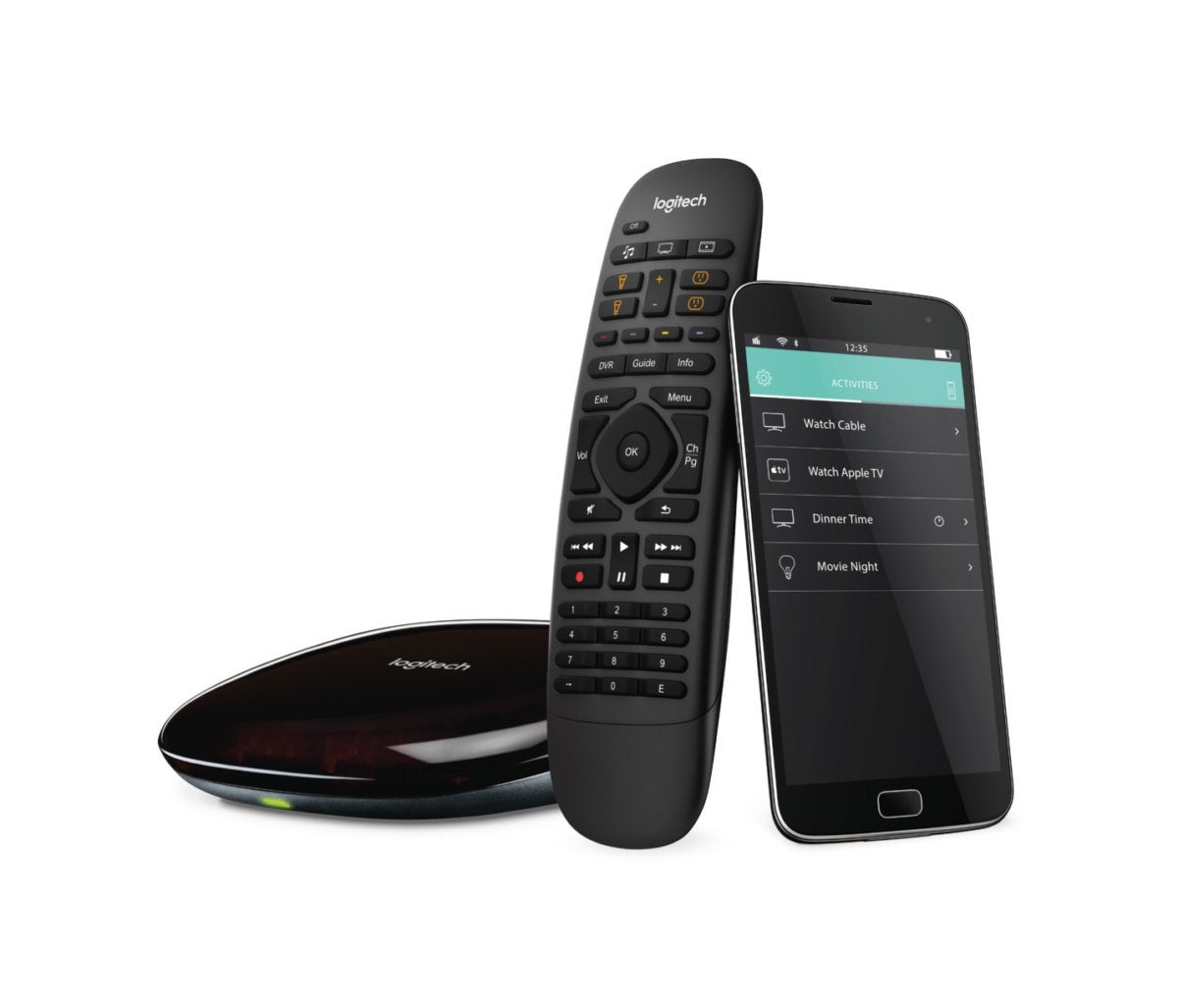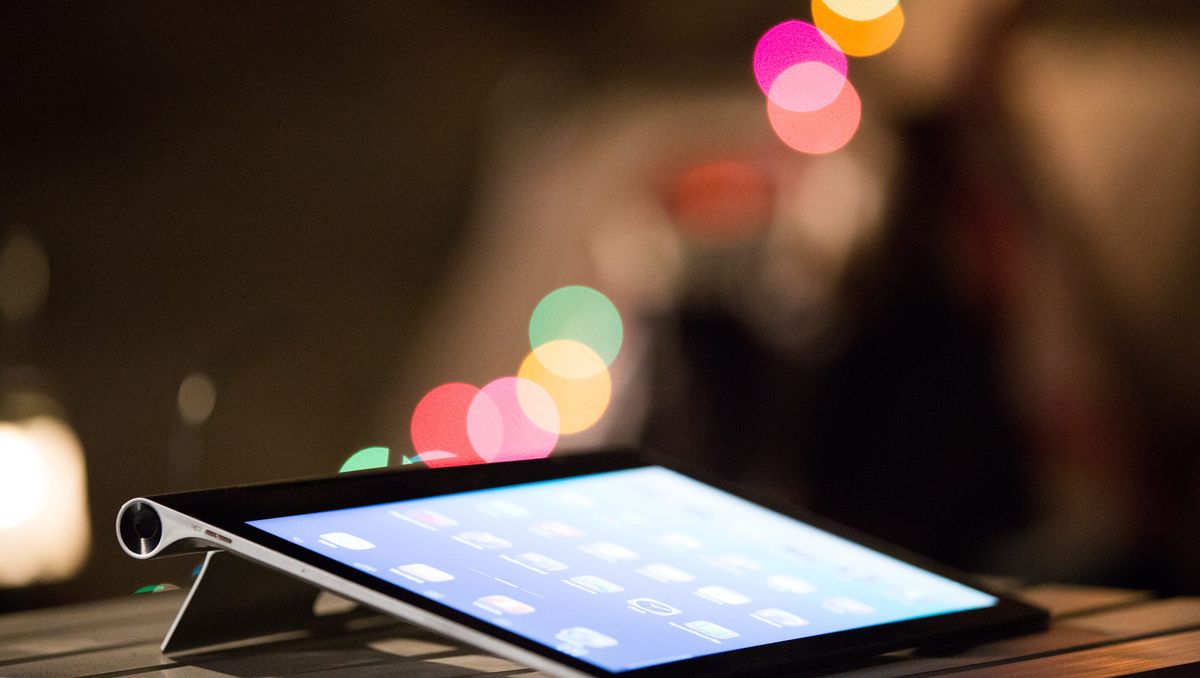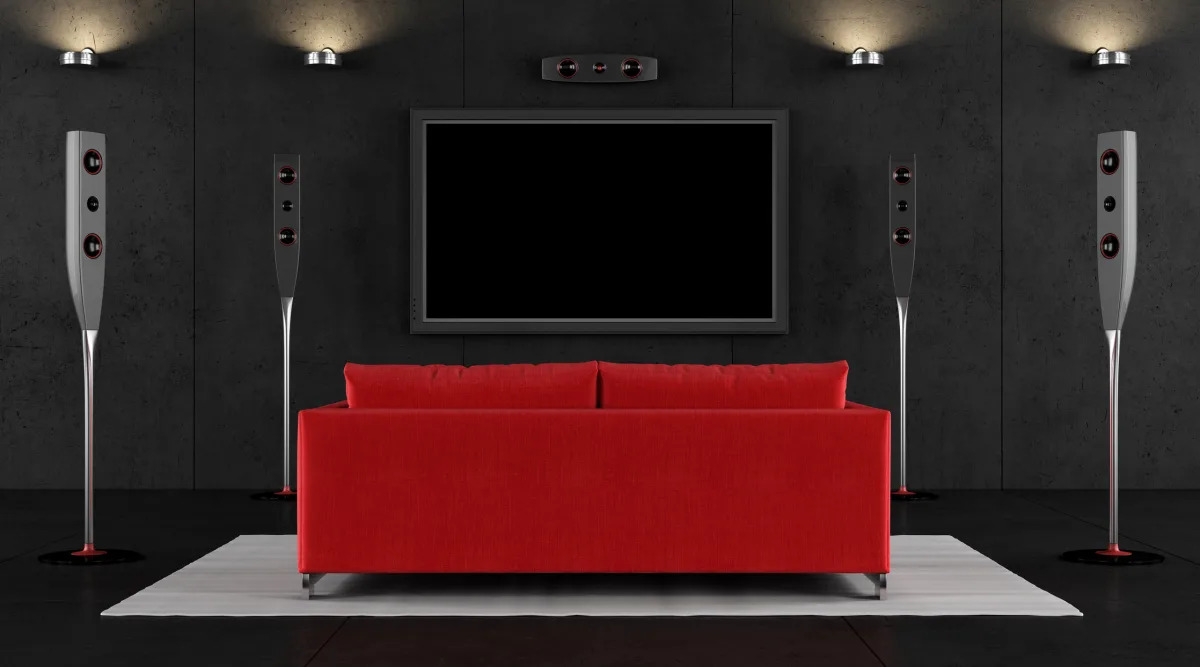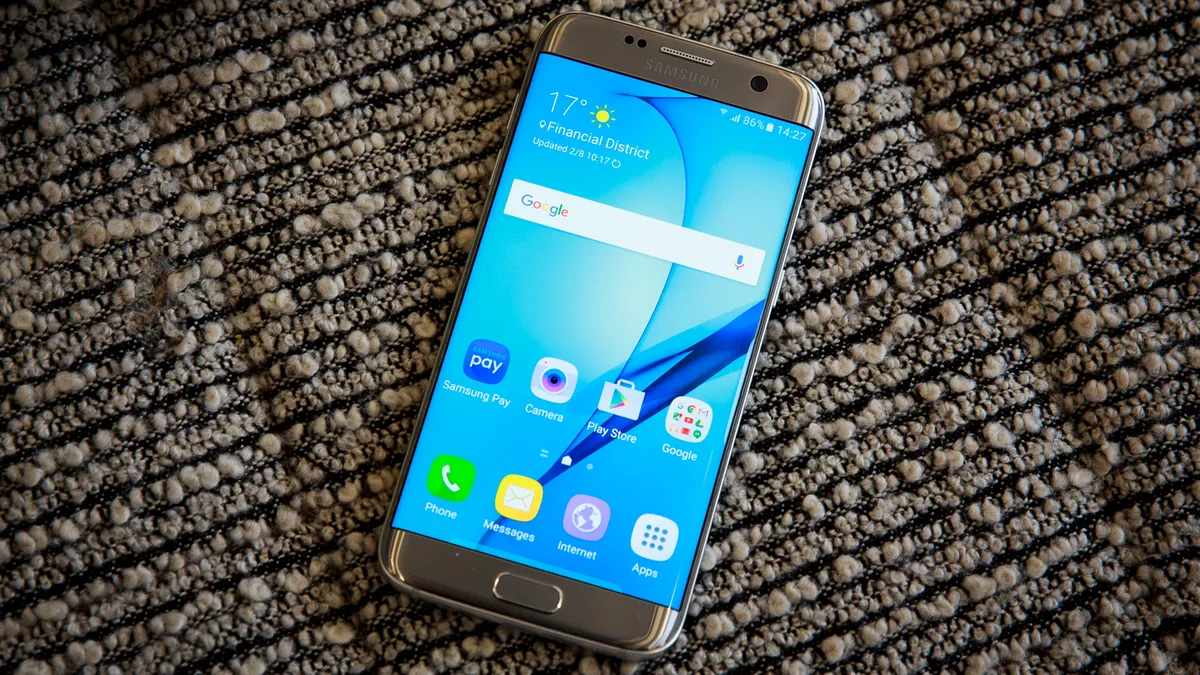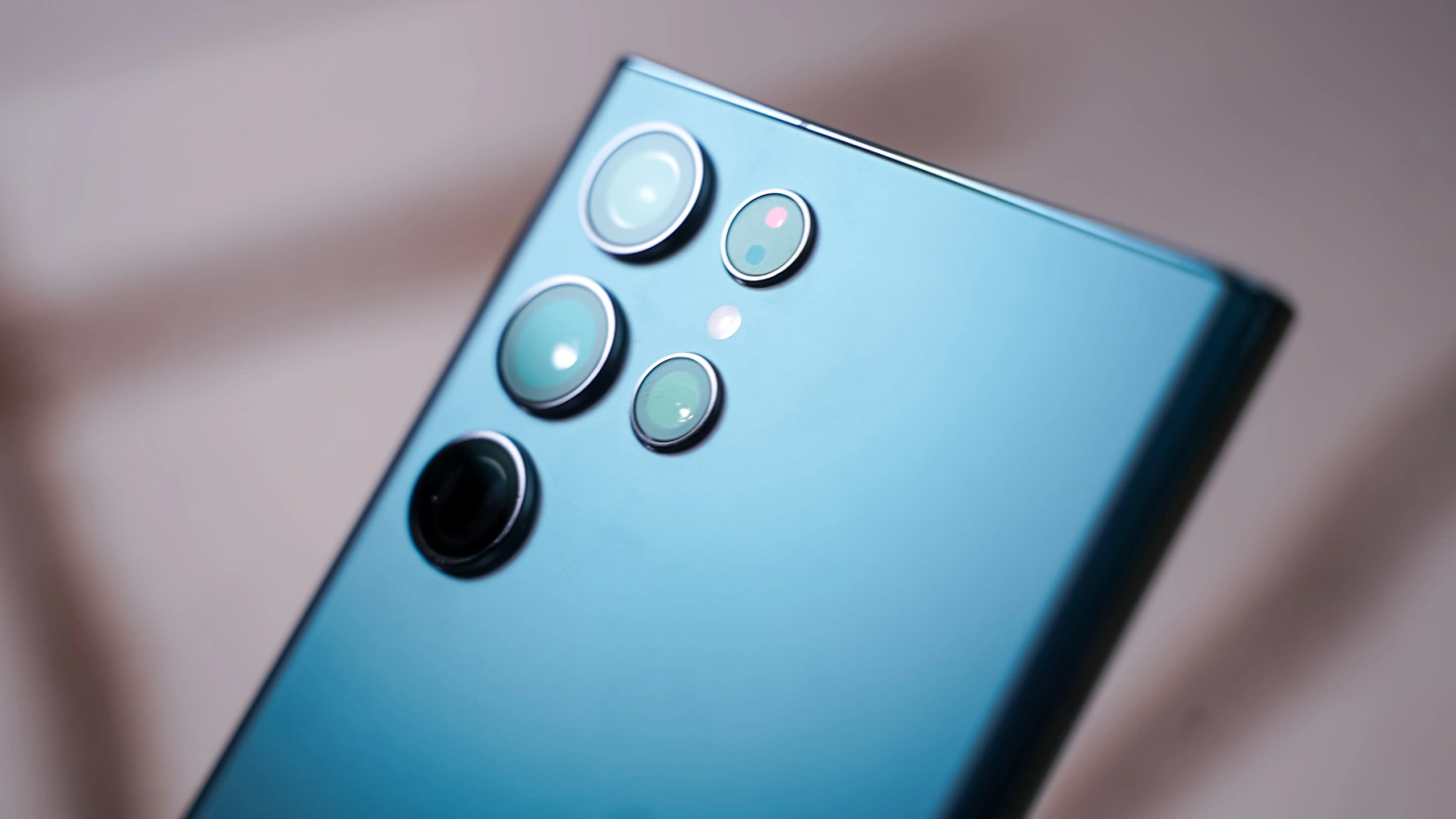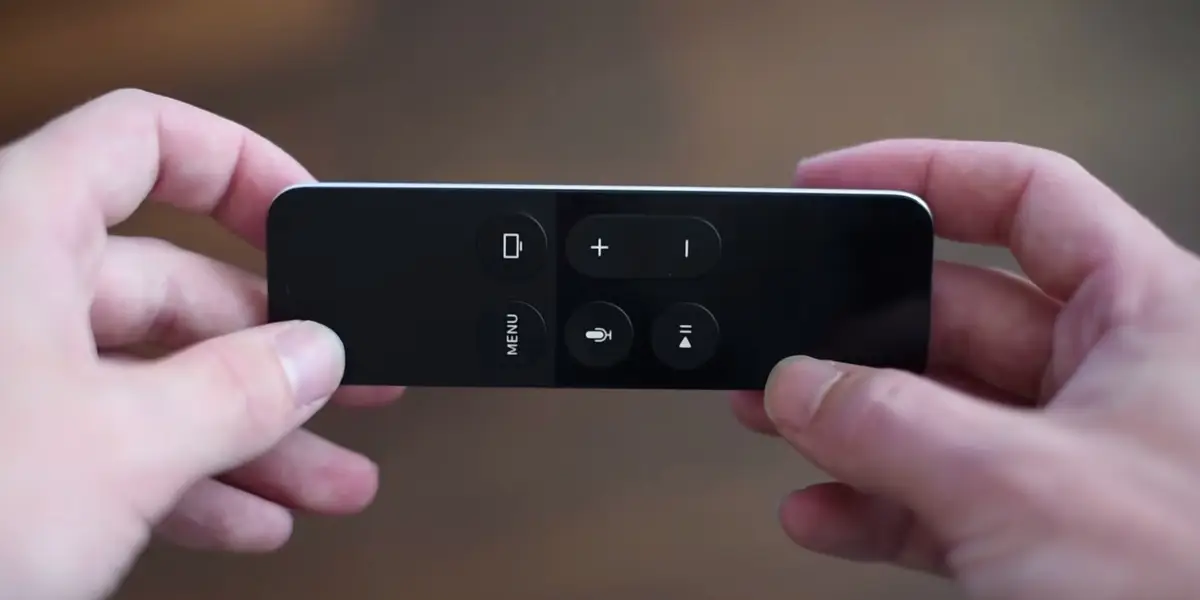Introduction
In today's tech-savvy world, smartphones have become an indispensable part of our lives, serving as our communication hub, entertainment source, and even a remote control for various electronic devices. However, there's a lesser-known feature that has been quietly lurking in many Android smartphones, waiting to be unleashed – the IR blaster. This seemingly unassuming component holds the potential to revolutionize the way we interact with our electronic gadgets, yet it remains a mystery to many users.
The IR blaster, often overshadowed by more widely publicized features, is a hidden gem that allows your smartphone to communicate with a wide array of infrared-enabled devices, including TVs, air conditioners, sound systems, and more. Despite its inconspicuous presence, the IR blaster holds the key to transforming your smartphone into a powerful universal remote, offering unparalleled convenience and control over your home entertainment and automation systems.
As we delve deeper into the world of IR blasters, we'll unravel the mysteries surrounding this often overlooked feature, shedding light on its functionality, compatibility with various devices, and the seamless integration it offers with your Android smartphone. By the end of this exploration, you'll gain a newfound appreciation for the IR blaster and its potential to elevate your digital lifestyle to a whole new level of convenience and versatility. So, let's embark on this journey to demystify the IR blaster and unlock its hidden potential within your Android device.
What is an IR Blaster?
An IR blaster, short for infrared blaster, is a feature found in some Android smartphones that enables them to function as a universal remote control for a wide range of infrared-enabled electronic devices. This unobtrusive yet powerful component essentially turns your smartphone into a versatile remote, allowing you to seamlessly interact with your TV, air conditioner, sound system, and other compatible devices.
The IR blaster works by emitting infrared signals, which are invisible to the human eye but can be detected by infrared receivers on electronic devices. This enables your smartphone to communicate with and control various appliances, essentially replacing multiple remote controls with a single, multifunctional device.
The IR blaster's ability to transmit infrared signals expands the scope of device compatibility, making it a valuable addition to your smartphone's arsenal of features. Whether you want to adjust the volume on your TV, change the temperature settings on your air conditioner, or switch audio tracks on your sound system, the IR blaster empowers you to take command of your home entertainment and automation systems with unparalleled convenience.
In essence, the IR blaster serves as a bridge between your smartphone and a multitude of infrared-controlled devices, offering a seamless and intuitive means of interaction. Its integration into Android smartphones represents a significant step towards consolidating control over various electronic gadgets, streamlining the user experience, and enhancing the overall convenience of managing home entertainment and automation systems.
As we continue to explore the capabilities and potential applications of the IR blaster, we'll gain a deeper understanding of how this unassuming feature can significantly enhance the functionality and utility of your Android smartphone.
How Does the IR Blaster Work?
The functionality of an IR blaster revolves around its ability to emit infrared signals, which are then received and interpreted by infrared receivers in compatible electronic devices. When you use your smartphone as a remote control for your TV, for example, the IR blaster transmits a series of infrared signals containing commands such as changing channels, adjusting volume, or powering the TV on or off.
Inside the smartphone, the IR blaster is paired with software that enables it to generate the specific infrared signals corresponding to the commands you input. This software acts as a translator, converting your on-screen actions into invisible infrared signals that are then transmitted through the IR blaster.
Once these signals reach the target device, its infrared receiver picks them up and translates them back into recognizable commands. This seamless exchange of signals allows your smartphone to effectively communicate with and control the electronic device, replicating the functionality of a traditional remote control.
The versatility of the IR blaster lies in its ability to emulate the signals transmitted by various remote controls, making it compatible with a wide range of infrared-controlled devices. This adaptability enables your smartphone to serve as a universal remote, offering a unified interface for interacting with different appliances and eliminating the need for multiple dedicated remotes.
In essence, the IR blaster acts as a conduit for transmitting control commands from your smartphone to various electronic devices, harnessing the power of infrared technology to facilitate seamless communication and interaction. This integration of infrared functionality into Android smartphones represents a significant advancement in expanding the capabilities of mobile devices, empowering users to streamline and simplify their interaction with a diverse array of infrared-enabled appliances.
By understanding the underlying principles of how the IR blaster works, users can fully appreciate its potential to revolutionize the way they engage with their home entertainment and automation systems. This insight into the IR blaster's operation lays the foundation for leveraging its capabilities to enhance convenience, control, and overall user experience within the digital ecosystem.
Devices with IR Blaster Feature
The IR blaster feature, once a distinctive element of smartphones, has gradually become less common in recent device releases. However, several notable Android smartphones have incorporated the IR blaster, showcasing its enduring relevance and practical utility in modern digital lifestyles. Among the prominent devices equipped with this feature are the Samsung Galaxy S-series, LG G-series, and Xiaomi's Redmi and Mi series.
Samsung, a leading player in the smartphone industry, has consistently integrated the IR blaster into its flagship Galaxy S-series devices, such as the Galaxy S6, S7, and S8. This inclusion reflects Samsung's commitment to providing comprehensive functionality and convenience to users, allowing them to harness the IR blaster's capabilities for seamless control of their home entertainment and automation systems.
Similarly, LG's G-series smartphones, including the LG G5 and G6, have featured the IR blaster, underscoring LG's dedication to enhancing user experiences through versatile and multifunctional device attributes. The integration of the IR blaster in LG's smartphones aligns with the brand's emphasis on innovation and user-centric design, empowering users to leverage their smartphones as universal remotes for a diverse range of infrared-controlled devices.
Xiaomi, renowned for its feature-rich yet competitively priced smartphones, has consistently incorporated the IR blaster into its Redmi and Mi series devices, exemplifying the brand's commitment to delivering comprehensive user experiences. By integrating the IR blaster, Xiaomi enables users to elevate their smartphone usage beyond traditional communication and entertainment, expanding its utility to encompass seamless control over a myriad of compatible electronic appliances.
While the prevalence of the IR blaster feature may have diminished in recent smartphone releases, the devices that continue to embrace this functionality exemplify a dedication to enhancing user convenience and device versatility. The presence of the IR blaster in these smartphones underscores its enduring relevance as a valuable tool for simplifying and consolidating control over home entertainment and automation systems, reaffirming its status as an essential component for users seeking comprehensive smartphone functionality.
By recognizing the devices equipped with the IR blaster feature, users can make informed choices when selecting a smartphone that aligns with their preferences and requirements, ensuring they can leverage the capabilities of the IR blaster to streamline and enhance their digital experiences.
Setting Up and Using the IR Blaster
Setting up and using the IR blaster feature on your Android smartphone is a straightforward process that unlocks a world of convenience and control over your home entertainment and automation devices. To begin, you'll need to locate the IR blaster on your smartphone, which is typically situated at the top edge, alongside other sensors. Once identified, the next step involves configuring the remote control app that enables your smartphone to emit the necessary infrared signals to interact with compatible devices.
Most Android smartphones equipped with an IR blaster come pre-installed with a dedicated remote control app, designed to seamlessly integrate with the IR blaster and facilitate effortless device control. If your device doesn't have a pre-installed app, you can easily download one from the Google Play Store, ensuring compatibility with your specific smartphone model.
After installing the remote control app, the setup process typically involves a simple on-screen guide to pair the app with your desired electronic devices. This may include selecting the device type, brand, and model, allowing the app to configure the appropriate infrared commands for seamless control. Once the setup is complete, you're ready to harness the power of the IR blaster and transform your smartphone into a versatile universal remote.
Using the IR blaster entails launching the remote control app and accessing its intuitive interface, which often mirrors the layout and functionality of traditional remote controls. From the app, you can select the device you wish to control, whether it's a TV, air conditioner, sound system, or any other compatible appliance. The app provides a familiar interface, complete with buttons and settings tailored to each device type, enabling you to effortlessly adjust settings, change channels, and execute various commands with the tap of a screen.
The seamless integration between the remote control app and the IR blaster empowers you to navigate and control multiple devices from a single, centralized interface, eliminating the need to juggle multiple remote controls. This streamlined approach enhances user convenience and simplifies the management of home entertainment and automation systems, offering a cohesive and intuitive method of interaction.
By familiarizing yourself with the setup and usage of the IR blaster, you can seamlessly integrate this feature into your digital lifestyle, unlocking the potential for effortless device control and personalized user experiences. The straightforward setup process and intuitive functionality of the remote control app ensure that utilizing the IR blaster becomes second nature, allowing you to wield the power of a universal remote with ease and convenience.
Advantages of IR Blaster
The IR blaster feature in Android smartphones offers a myriad of advantages that significantly enhance user convenience, device versatility, and overall digital experiences. By leveraging the capabilities of the IR blaster, users can unlock a host of benefits that streamline device control, simplify interaction with electronic appliances, and elevate the functionality of their smartphones.
Seamless Device Control
The foremost advantage of the IR blaster lies in its ability to transform your smartphone into a universal remote, providing seamless control over a diverse range of infrared-enabled devices. This consolidation of device control eliminates the need for multiple dedicated remotes, offering a unified interface through which users can effortlessly adjust settings, change channels, and execute commands across various appliances.
Enhanced User Convenience
By integrating the IR blaster into their smartphones, users gain the convenience of wielding a multifunctional remote control that transcends traditional limitations. Whether it's adjusting the volume on a TV, changing the temperature on an air conditioner, or managing audio playback on a sound system, the IR blaster empowers users to execute these actions from a single, compact device, enhancing overall user convenience and simplifying daily interactions with electronic appliances.
Versatile Device Compatibility
The IR blaster's capacity to emit infrared signals enables it to communicate with a wide array of infrared-controlled devices, encompassing TVs, air conditioners, sound systems, and more. This versatility expands the scope of device compatibility, allowing users to seamlessly integrate their smartphones into diverse home entertainment and automation systems, regardless of the brand or model of the electronic appliances.
Consolidated Digital Ecosystem
With the IR blaster at their disposal, users can consolidate and streamline their digital ecosystem, integrating smartphone functionality with home entertainment and automation systems. This consolidation fosters a cohesive user experience, enabling users to seamlessly transition between controlling their smartphones and managing various electronic devices, thereby creating a unified digital environment that simplifies daily routines and enhances overall user convenience.
Empowerment Through Technology
The integration of the IR blaster into Android smartphones represents a testament to the empowerment that technology can offer to users. By harnessing the capabilities of the IR blaster, users can transcend traditional boundaries, taking command of their electronic appliances and leveraging the full potential of their smartphones to enhance convenience, control, and overall digital experiences.
In essence, the advantages of the IR blaster extend far beyond its functionality as a mere remote control feature, encompassing a transformative impact on user convenience, device versatility, and the integration of smartphones into home entertainment and automation systems. By recognizing and embracing these advantages, users can fully appreciate the potential of the IR blaster to revolutionize their digital lifestyles and elevate their interaction with electronic devices.
Limitations of IR Blaster
While the IR blaster feature offers compelling advantages in terms of device control and user convenience, it is important to acknowledge its limitations, which can impact its functionality and compatibility in certain scenarios.
Line of Sight Requirement
One significant limitation of the IR blaster is its reliance on a direct line of sight between the smartphone and the targeted electronic device. Infrared signals emitted by the IR blaster require an unobstructed path to reach the infrared receiver on the device, meaning that obstacles or physical barriers can hinder the transmission of commands. This constraint can pose challenges in situations where the smartphone is not positioned within the line of sight of the targeted device, potentially limiting the effectiveness of the IR blaster in controlling certain appliances.
Limited Range
Another limitation of the IR blaster is its relatively limited range compared to other wireless communication technologies. The effective range of the IR blaster's infrared signals is influenced by factors such as ambient light conditions and the specific design of the smartphone's IR blaster component. As a result, users may encounter difficulties in controlling devices that are situated at a distance or in environments with intense ambient light, where the effectiveness of the IR blaster's signals may be compromised.
Device Compatibility
The IR blaster's compatibility with certain electronic devices can be another limiting factor. While it supports a wide range of infrared-controlled appliances, there are instances where newer or less common devices may not be fully compatible with the IR blaster's signal codes. This can result in limitations when attempting to control such devices using the smartphone's IR blaster, potentially necessitating the use of dedicated remote controls for specific appliances.
Environmental Interference
Environmental factors, such as infrared interference from other light sources or electronic devices, can impact the reliability of the IR blaster's signals. In environments where multiple infrared sources are present, such as densely populated entertainment areas, the potential for signal interference may diminish the effectiveness of the IR blaster in reliably controlling targeted devices.
Device-Specific Limitations
The presence or absence of the IR blaster feature in newer smartphone models represents a device-specific limitation. As manufacturers continue to evolve smartphone designs and feature sets, the inclusion of the IR blaster has become less common in recent releases. This trend can limit the accessibility of the IR blaster's functionality for users seeking to leverage its capabilities for device control and home automation.
By acknowledging these limitations, users can gain a comprehensive understanding of the IR blaster's constraints and make informed decisions regarding its usage and compatibility with their specific needs and devices. While the IR blaster offers compelling advantages, its limitations underscore the importance of considering alternative control methods and technologies in scenarios where its functionality may be restricted.
Conclusion
In conclusion, the IR blaster represents a fascinating yet often overlooked feature that holds the potential to revolutionize the way we interact with our electronic devices. This unassuming component, integrated into select Android smartphones, empowers users to transform their devices into powerful universal remotes, offering seamless control over a diverse array of infrared-enabled appliances.
Throughout this exploration, we've demystified the IR blaster, shedding light on its functionality, device compatibility, setup process, advantages, and limitations. By unraveling the intricacies of the IR blaster, we've gained a deeper appreciation for its capacity to enhance user convenience, streamline device control, and consolidate the digital ecosystem within the realm of home entertainment and automation.
The advantages of the IR blaster, including its seamless device control, enhanced user convenience, versatile device compatibility, and empowerment through technology, underscore its significance as a valuable tool for users seeking to optimize their digital experiences. However, it's crucial to recognize the limitations of the IR blaster, such as its line of sight requirement, limited range, and device-specific constraints, which can impact its functionality in certain scenarios.
As smartphone manufacturers continue to evolve their designs and feature sets, the presence of the IR blaster in newer models has become less common. Despite this trend, the enduring relevance of the IR blaster in select Android smartphones exemplifies its enduring potential to elevate user experiences and simplify device interaction.
By embracing the IR blaster, users can unlock a world of convenience, seamlessly integrating their smartphones into their home entertainment and automation systems. While the IR blaster may not be a ubiquitous feature, its impact on device control and user empowerment is undeniable, offering a glimpse into the transformative capabilities of mobile devices beyond traditional communication and entertainment.
In essence, the IR blaster serves as a testament to the innovative convergence of technology and user convenience, paving the way for a more integrated and streamlined digital lifestyle. As we navigate the ever-evolving landscape of smartphone features, the IR blaster stands as a symbol of the untapped potential within our devices, waiting to be harnessed to simplify and enhance our daily interactions with the digital world.







